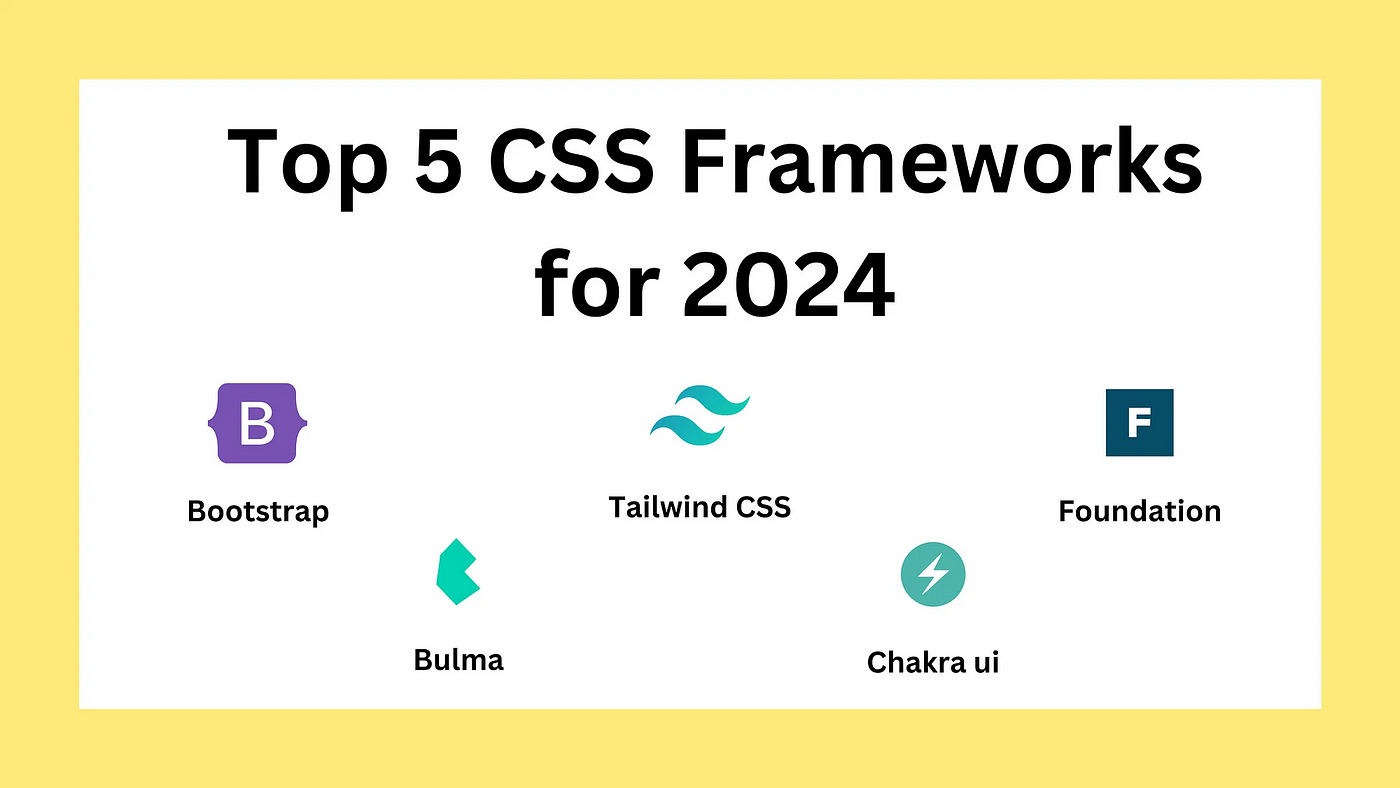News Blast: Your Daily Dose of Current Events
Stay informed with the latest headlines and stories from around the world.
CSS Frameworks: Because Your Styles Deserve a Sidekick
Transform your web design with CSS frameworks! Discover how they elevate your styles and make your projects shine. Dive into the ultimate guide!
Top 5 CSS Frameworks You Should Know About in 2023
In 2023, utilizing a robust CSS framework can significantly enhance your web development process. With the constant evolution of technology, front-end frameworks have emerged to simplify responsive design and streamline development. Among the multitude of options available, here are the top 5 CSS frameworks you should know about:
- Bootstrap: A pioneer in the world of frameworks, Bootstrap remains a favorite for developers thanks to its grid system and extensive prebuilt components.
- Tailwind CSS: Tailwind offers a utility-first approach, enabling developers to create custom designs without leaving their HTML.
- Bulma: Known for its modern aesthetics and flexibility, Bulma provides a simple yet powerful set of tools.
- Foundation: Developed by ZURB, Foundation is perfect for building responsive websites quickly, featuring robust templates and components.
- Materialize CSS: This framework is based on Google's Material Design guidelines, making it easy to create visually appealing applications that feel intuitive.

How CSS Frameworks Improve Your Web Development Workflow
CSS frameworks have become essential tools for modern web developers, significantly improving the efficiency of the development workflow. By providing a pre-defined set of CSS styles and components, these frameworks allow developers to create responsive and visually appealing designs without starting from scratch. This means less time spent on writing repetitive CSS code and more time allocated to implementing features and enhancing user experience. Popular frameworks, such as Bootstrap and Foundation, offer a plethora of ready-to-use components like grids, buttons, and navigation bars that can be effortlessly integrated into any web project.
In addition to saving time, CSS frameworks enhance collaboration within teams. With a standardized set of styles and components, developers can maintain consistency across the project, ensuring that all team members adhere to the same design principles. This not only streamlines communication but also speeds up the onboarding process for new developers. Moreover, many CSS frameworks come with extensive documentation, which serves as a valuable resource for developers looking to troubleshoot issues or learn best practices. By adopting a CSS framework, teams can significantly boost their productivity and maintain a high-quality codebase throughout the project's lifecycle.
CSS Frameworks vs. Custom Styles: Which Should You Choose?
When developing a website, one of the fundamental decisions you need to make is whether to use a CSS framework or to implement custom styles. CSS frameworks, such as Bootstrap or Foundation, come with pre-defined styles and components that can significantly speed up the development process. These frameworks offer a robust grid system, responsive design features, and a library of UI components that can be easily customized. However, relying on a framework can sometimes lead to a generic look if not tailored properly, which may not reflect your brand's unique identity.
On the other hand, custom styles allow for complete creative freedom and can result in a truly unique aesthetic suited to your project. By writing your own styles, you can optimize your CSS for performance and eliminate unnecessary bloat. However, developing custom styles requires a deeper understanding of CSS and can be time-consuming. Ultimately, the choice between CSS frameworks and custom styles should be based on factors such as your project's requirements, your team's skill level, and the desired design outcome.